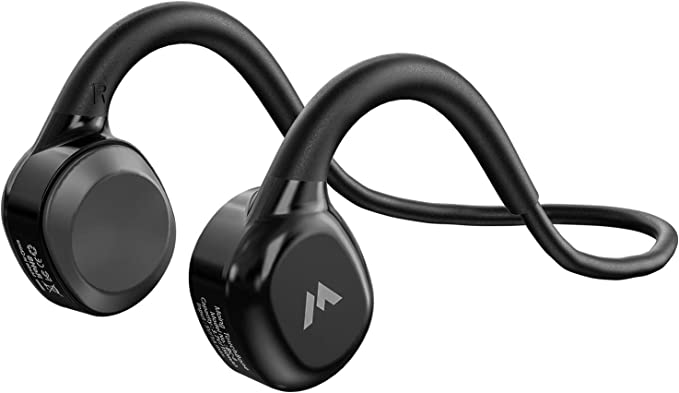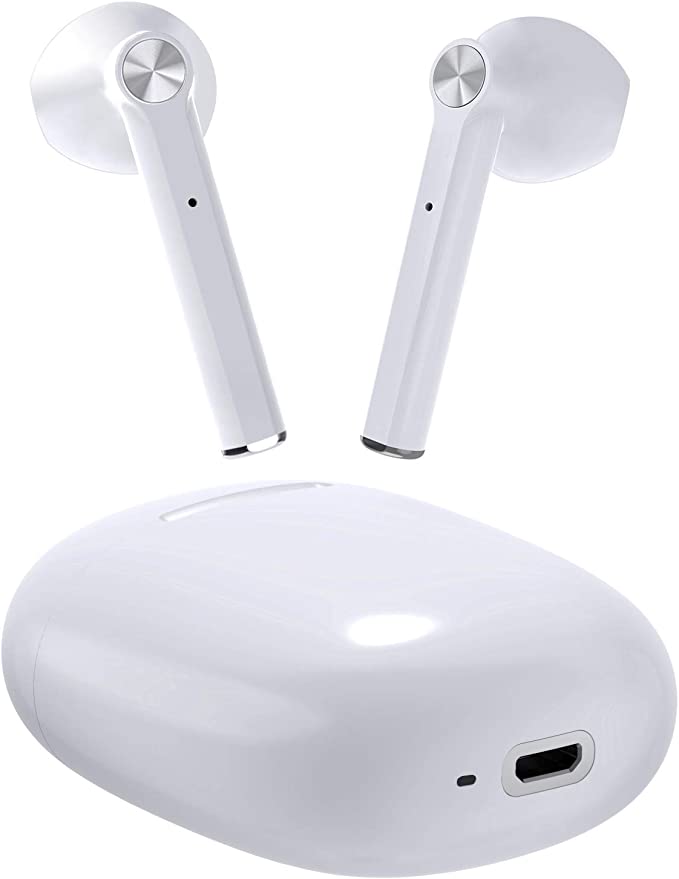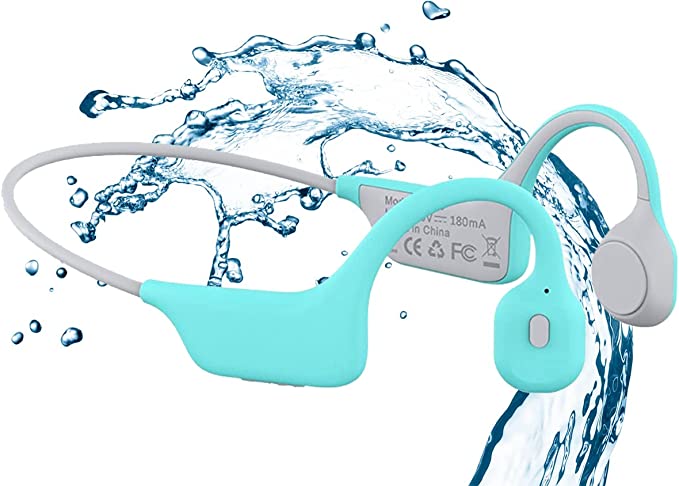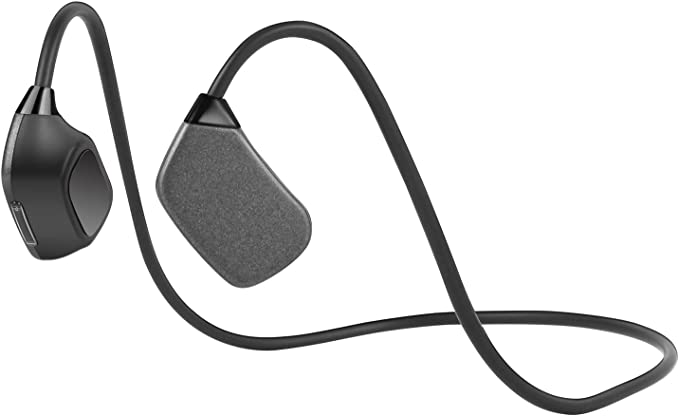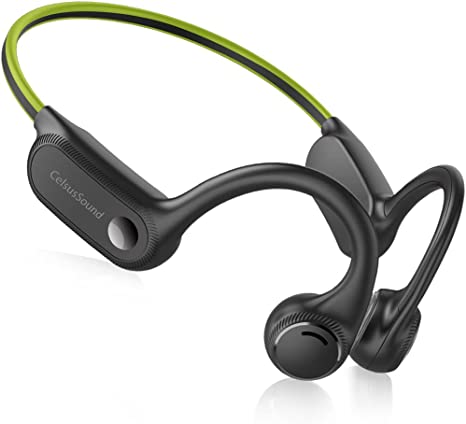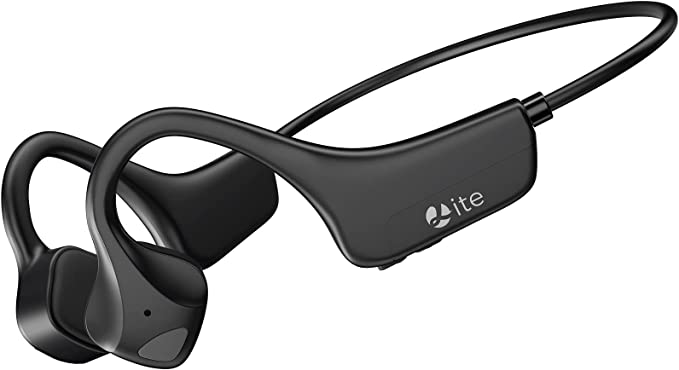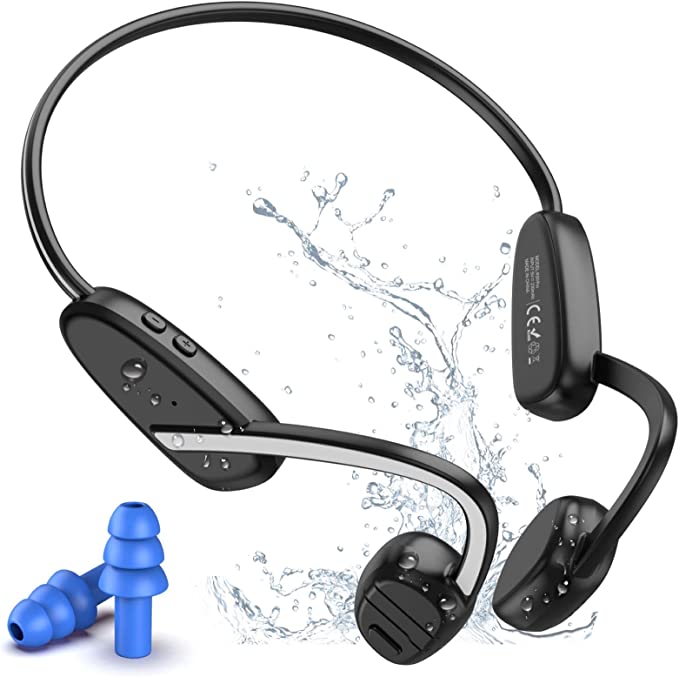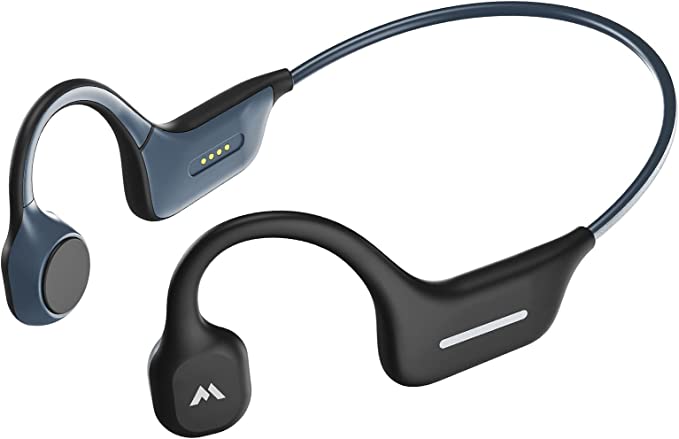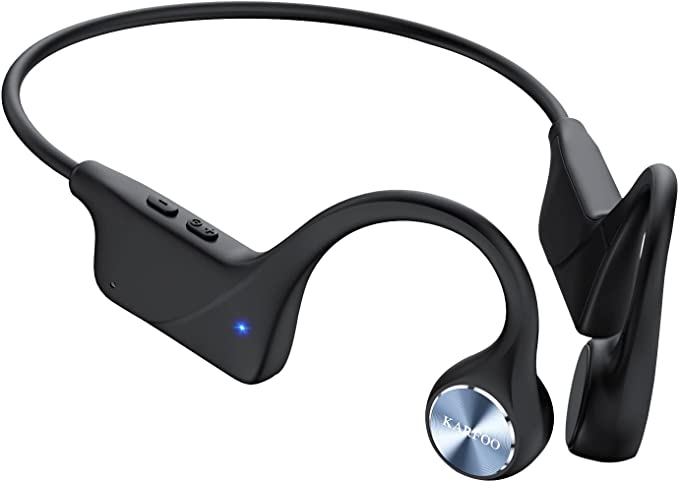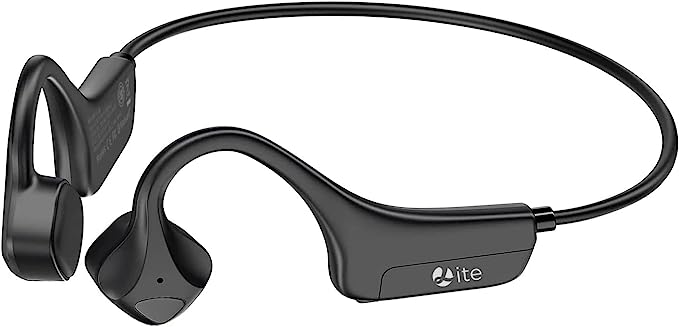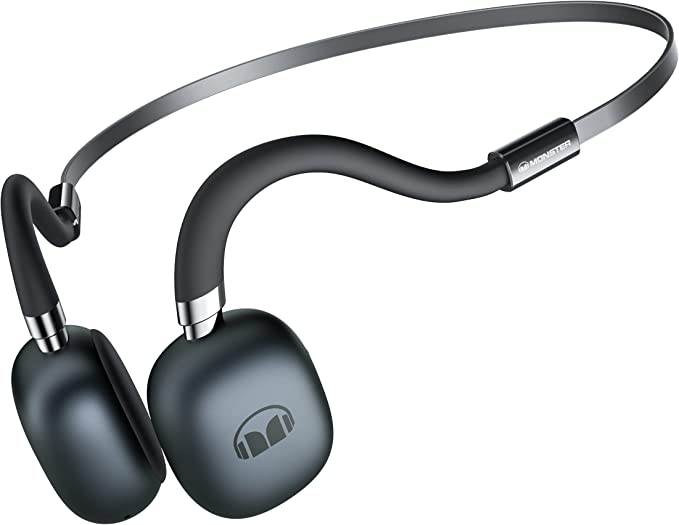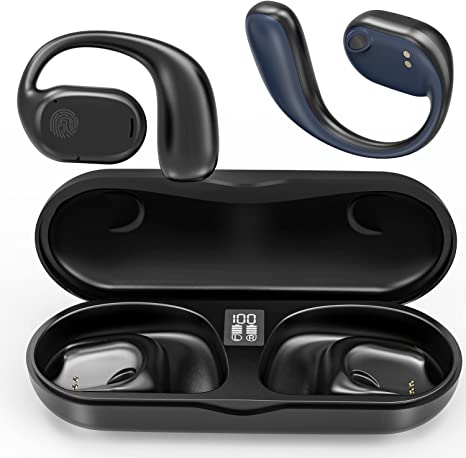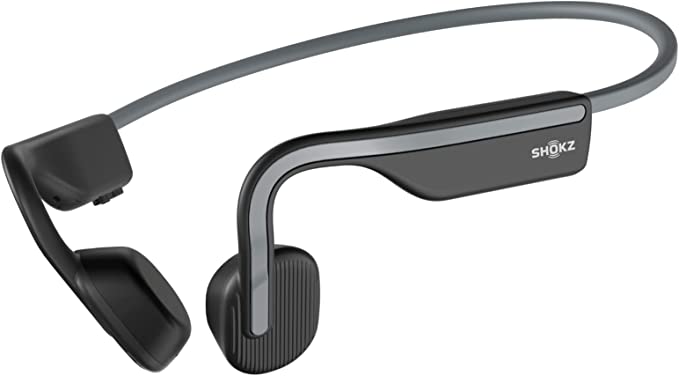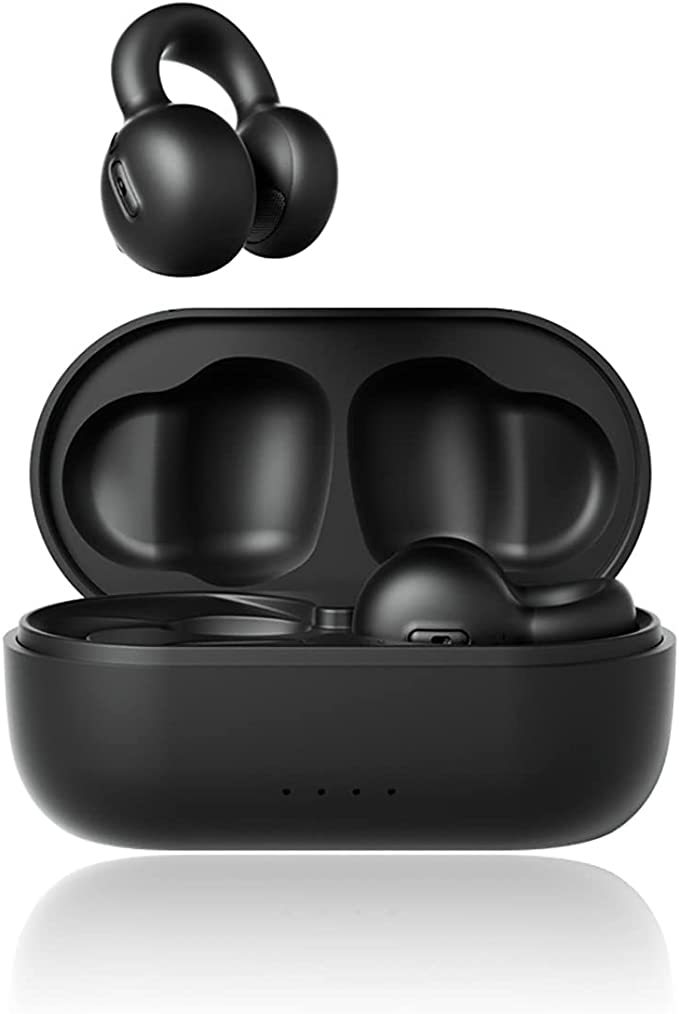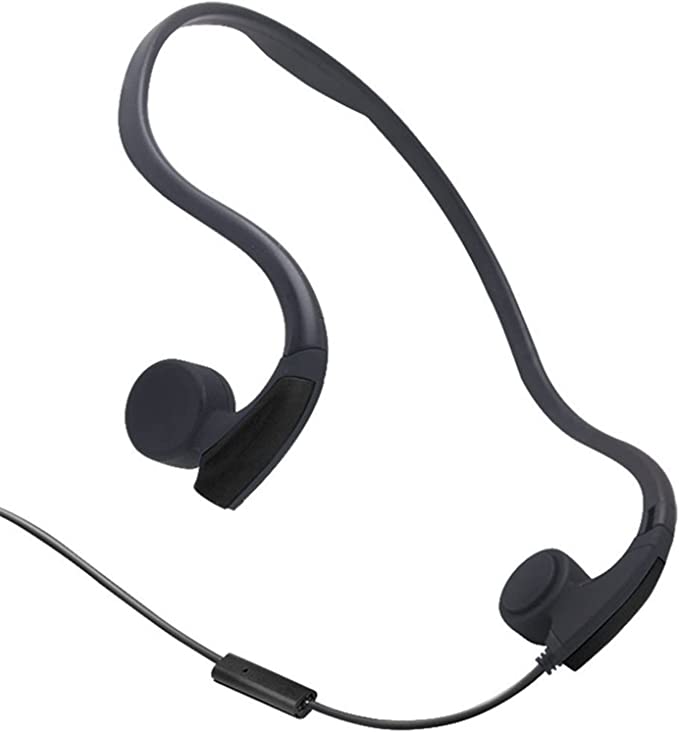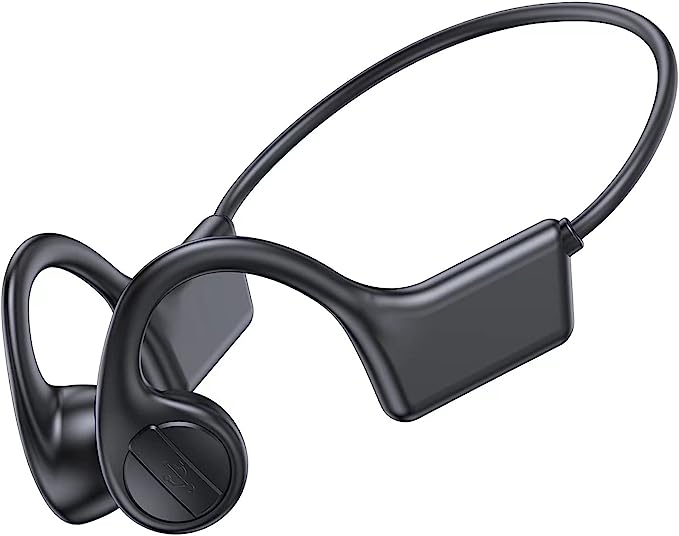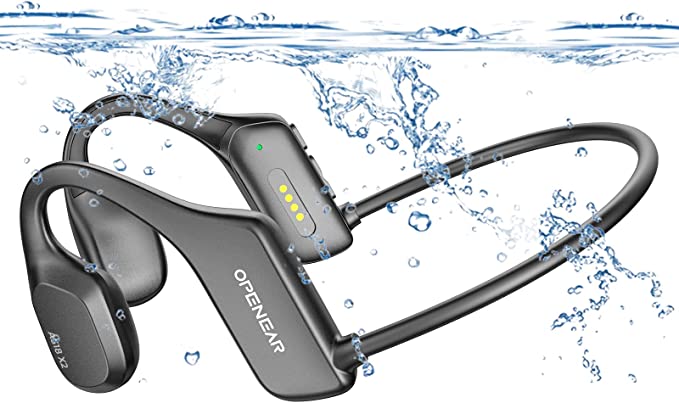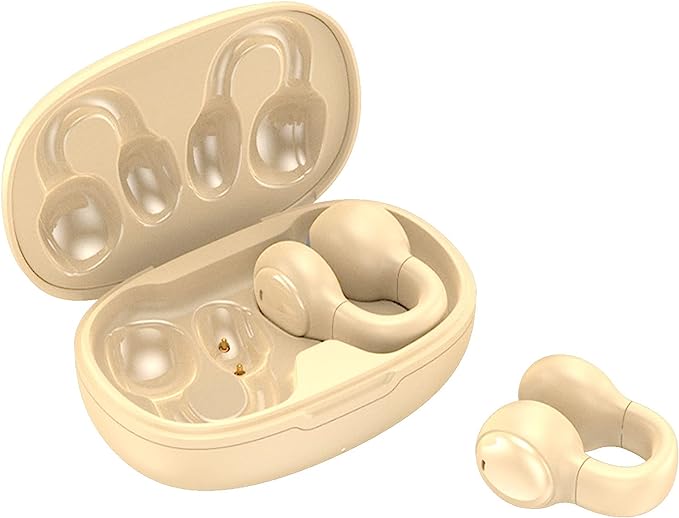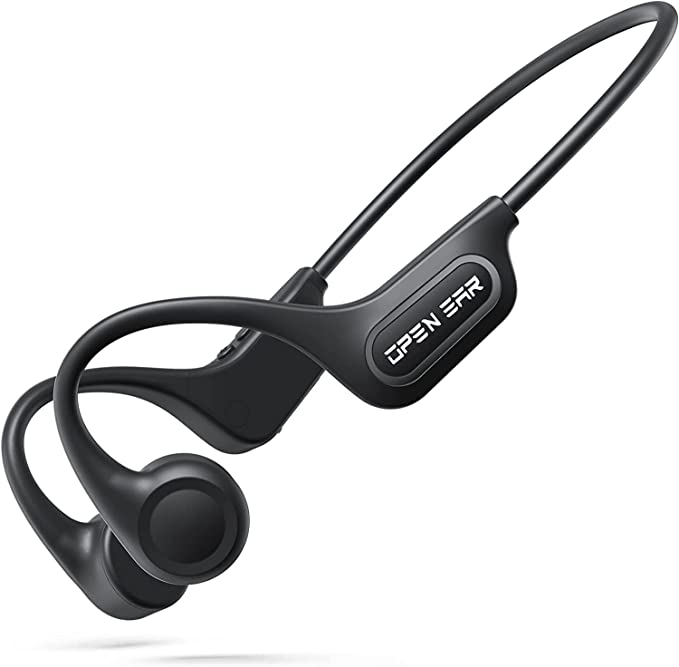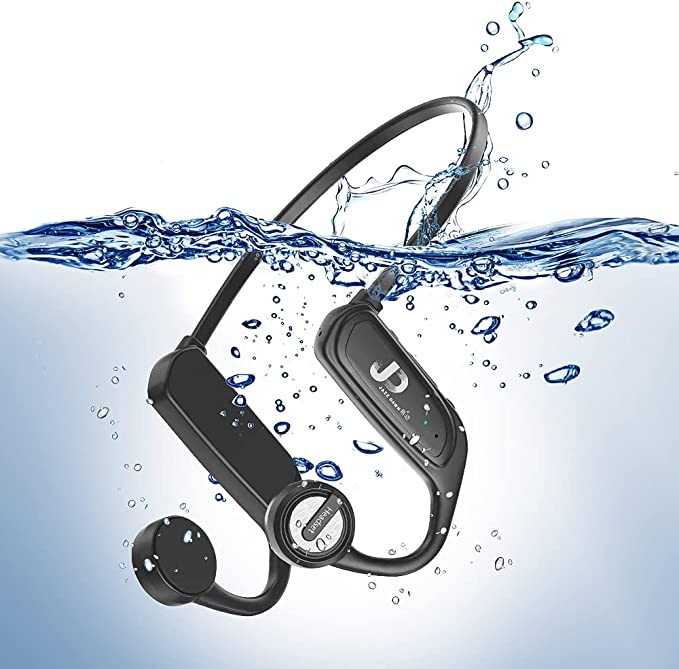Hearing in the Open: True Bone Conduction vs. Open-Ear Air Conduction
Update on Nov. 14, 2025, 5:50 p.m.
The world of personal audio is experiencing a quiet revolution. For years, the choice was simple: headphones that went over your ears, or earbuds that went inside them. Both shared a common goal: sealing off the outside world to immerse you in sound. But a growing category of “open-ear” audio is challenging that paradigm, promising a way to listen to your music or podcasts while remaining fully connected to your surroundings.
This new wave of technology, however, has created a landscape of confusing terminology. Products are often marketed under the umbrella term “bone conduction,” yet their designs and user experiences can vary wildly. The truth is, there are two fundamentally different scientific principles at play. Understanding this distinction is the key to choosing the right device for your needs. Let’s deconstruct these two paths to open-ear listening: true bone conduction and the emerging category of open-ear air conduction.
The Original Pathway: True Bone Conduction
True bone conduction is a fascinating technology that bypasses the eardrum entirely. It’s a concept that has been understood for centuries, famously illustrated by the tale of composer Ludwig van Beethoven biting a rod attached to his piano to “feel” the music through his jawbone as his hearing faded.
How It Works:
True bone conduction headphones feature transducers—small pads that vibrate—which are placed directly on the temporal bones of the skull, typically just in front of the ears. These transducers convert electrical audio signals into mechanical vibrations. These vibrations travel through the solid medium of your skull directly to the cochlea, the spiral-shaped organ of the inner ear. The cochlea’s delicate hair cells are stimulated by these vibrations and send signals to the brain, which perceives them as sound.
- The Key Advantage: The primary benefit is complete situational awareness. Since nothing blocks or covers the ear canal, you can hear ambient sounds like traffic, conversations, and public announcements perfectly. This is a massive safety advantage for runners, cyclists, and anyone who needs to stay connected to their environment.
- The Inherent Trade-Offs: The experience is unique. Sound is perceived as both heard and felt, and some users need time to adapt to the subtle tactile vibrations, especially at high volumes. Acoustically, because there is no sealed chamber, the perception of deep, resonant bass is often less pronounced compared to traditional headphones.
The New Contender: Open-Ear Air Conduction
As the demand for open-ear listening has grown, a new and often-confused category has emerged: open-ear air conduction. These devices achieve the same goal of leaving the ear canal unobstructed, but they use a completely different physical principle.
How It Works:
Instead of vibrating your bones, these devices are essentially miniaturized, highly directional speakers. They are designed to sit near, but not inside, the ear canal opening. They work by precisely aiming sound waves through the air and directly towards your eardrum, following the conventional path of hearing. Form factors for this technology are rapidly evolving, with designs ranging from ear hooks to the novel “ear clip” or earring-style devices like the ALIMOTA I20.
- The Key Advantage: For many users, the listening experience feels more “natural” or familiar, as it uses traditional air conduction. There are no tactile vibrations to get used to. As one user of an ear clip device noted after finding the right position, “they’re plenty loud.”
- The Inherent Trade-Offs: This design faces two main challenges. The first is sound leakage. Because the speaker is operating in open air, people nearby may be able to hear your audio, especially at higher volumes. The second is positioning. The effectiveness of directional audio is highly dependent on the speaker being aimed perfectly at the ear canal. As some user reviews for ear clip models have noted, finding this “sweet spot” can be a process of trial and error; an incorrect position can lead to a perception of very low volume, as the sound waves are not being efficiently directed.

Decoding the Technology in Your Hand
So, how can you tell which technology you’re looking at? A device like the ALIMOTA I20 serves as an excellent case study. While marketed with the “bone conduction” term, its “ear clip” form factor is a strong indicator that it likely operates via open-ear air conduction. It is designed to clamp gently onto the outer ear (the pinna), positioning its small speaker grille near the ear canal opening. This design prioritizes comfort and stability for those who find traditional earbuds ill-fitting—a sentiment echoed by a reviewer who celebrated, “they have not fallen off once.”
Regardless of the conduction method, these modern open-ear devices are built on a foundation of established wireless technology. Features like Bluetooth 5.3 provide a stable, power-efficient connection, while an IPX5 waterproof rating ensures resilience against sweat and light rain, making them suitable for workouts. These are the supporting technologies that make the novel form factors practical for everyday use.
Conclusion: Choosing the Right Path for You
The rise of open-ear audio is a direct response to the real-world limitations of traditional headphones. It’s a field of exciting innovation, but one currently filled with ambiguous marketing.
The key takeaway is to look beyond the “bone conduction” label and critically examine the device’s physical design. * Does it have a distinct pad designed to press firmly against the bone in front of your ear? It’s likely true bone conduction. * Does it look more like a small speaker that hangs, hooks, or clips near your ear canal opening? It’s likely open-ear air conduction.
Neither technology is inherently superior; they simply offer different sets of trade-offs. If you want maximum situational awareness and don’t mind a tactile sensation, true bone conduction is a proven choice. If you prefer a more traditional sound experience without vibrations and are willing to accept potential sound leakage, the new wave of air conduction devices offers a compelling alternative, especially for those who struggle with the fit of conventional earbuds. By understanding the science, you can cut through the confusion and find the open-ear solution that truly works for you.
